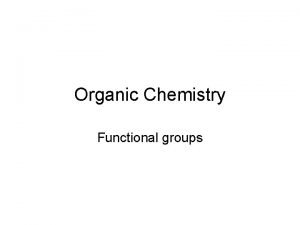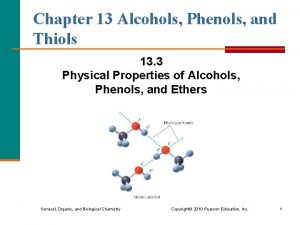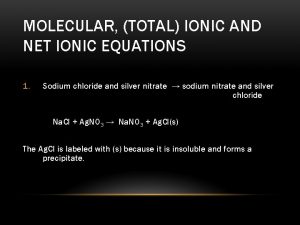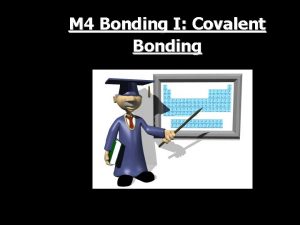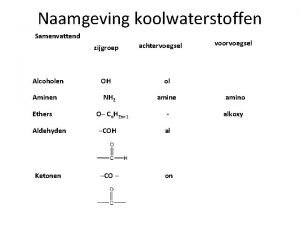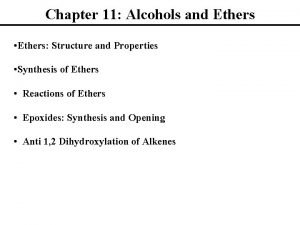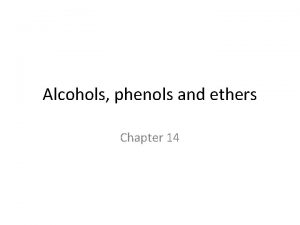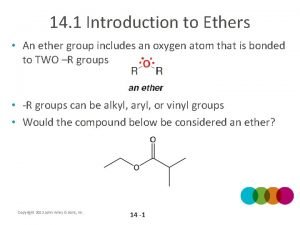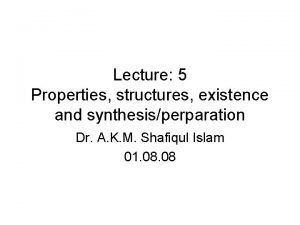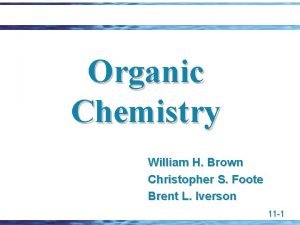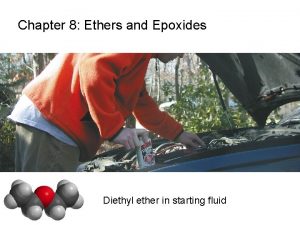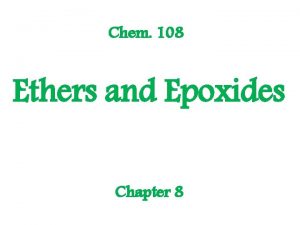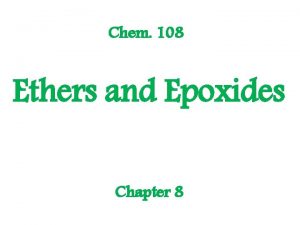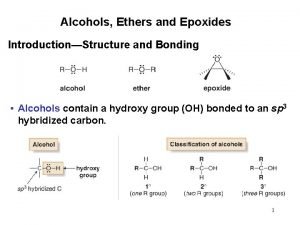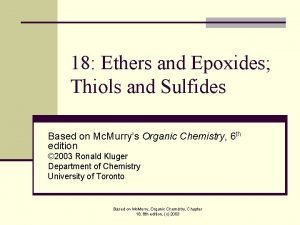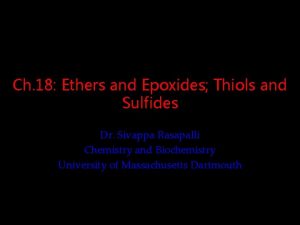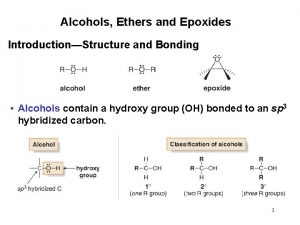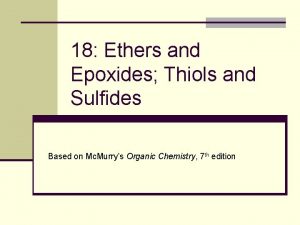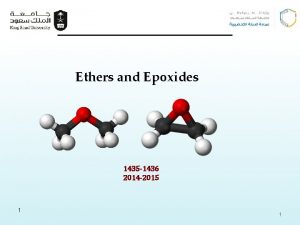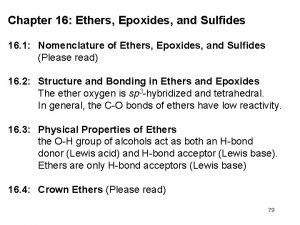Ethers Epoxides and Sulfide Ch 14 Will study












- Slides: 12

Ethers, Epoxides, and Sulfide Ch 14 Will study ethers, epoxides, then sulfides. Take good notes! Read the book!

Alkoxymercuration n n When react an alkene with mercuric acetate, ROH; then sodium borohydride, the ether forms at the more substituted C of the DB. This is called the Markovnikov product.

Reacting 2 alcohols n n n Can form an ether by reacting 2 alcohols with sulfuric acid under relatively high temps. Can get symmetrical ethers, but difficult to get sole unsymmetrical ethers. Must use Williamson ether synthesis to get unsymmetrical ethers.

Ether cleavage n n Can cleave an ether using HI, HBr, HCl HI>HBr>>HCl due to acid strength. Get better acid as go down group due to stability of conjugate base (bigger atom stabilizes negative charge). Need acid to create a good leaving group of alcohol.

Phenyl cleavage n n Benzene C is sp 2 and Nu can not do a backside SN 2 attack. Thus always get phenol and alkyl halide as products.

Autoxidation of Ethers n n Ether + O 2 hydroperoxide + dialkyl peroxide. CH 3 CH 2 OCH 2 CH 3 + O 2 Hydroperoxide and dialkyl peroxide have weak O-O bonds, that have low BDE’s. Good to store ethers under N 2.

Sulfide nomenclature n n Sulfides are like ethers with S instead of O. End with sulfide instead of ether. Substituent: alkylthio instead of alkoxy Examples: CH 3 SCH 3, Ph. SCH 2 CH 3

Thiols n n Thiols are R-SH The proton on S (p. Ka=10. 5) is about as acidic as phenol (p. Ka=10). Thiols can thus be deprotonated with base to serve as a nucleophile to create sulfides. Good Nu due to S being polarizable.

Synthesis of Epoxides n n n Epoxide=3 -membered ring with O. Alkene + peroxy acid epoxide Can make epoxides on cyclics or on linear chains.

Epoxide + H+ n n In H 2 O, gives diol In ROH, gives alkoxy alcohol

Epoxide + base n n n The epoxide is more reactive than the regular ether due to ring strain. Base can be OH- in H 2 O Base can be RO- in ROH Let’s look at some examples. Epoxy resins—glues.

Sulfide Reactions n n n Sulfides oxidize easily with H 2 O 2 and peroxy acids. Make sulfoxides, then eventual sulfones Due to polarizability of S, sulfides are nucleophilic enough to react with primary alkyl halides to give sulfonium salts.
